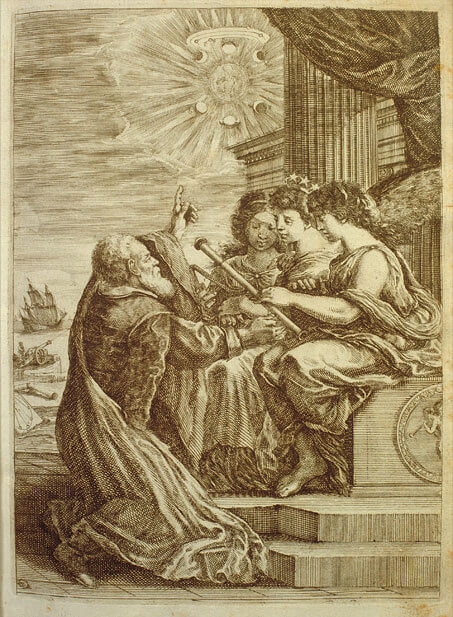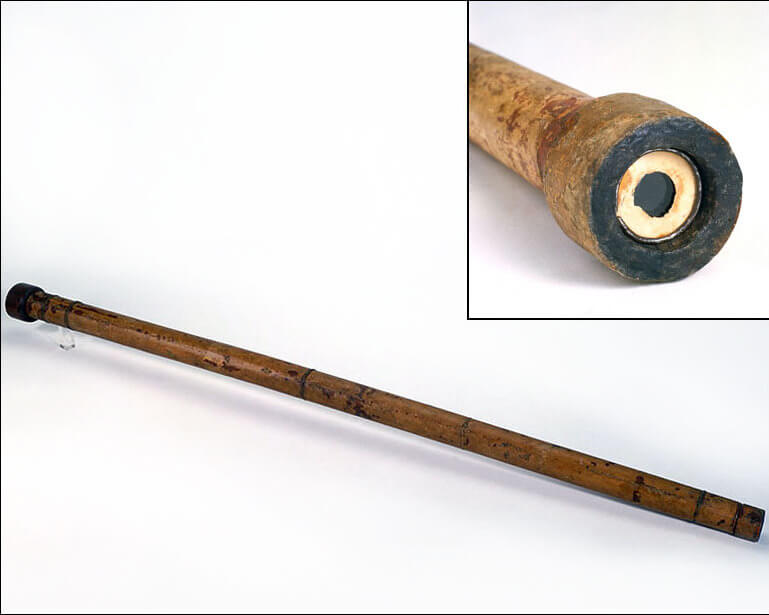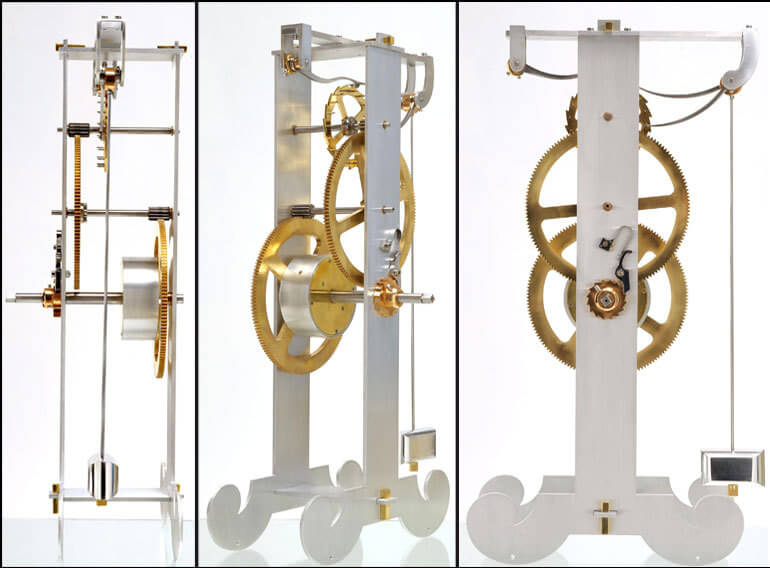The celestial discoveries of Galileo Galilei (1564-1642) were widely celebrated in 2009, declared International Year of Astronomy by UNESCO. Galileo made his earliest observations in 1609, thanks to improvements he had made to the first telescope, developed by Dutch opticians. In the space of a few months, he obtained much sharper images while increasing the telescope’s magnification power 30 times. In the autumn of 1609, he was able to contemplate the already known stars and planets in new and greater detail. He observed, for the first time, the Milky Way, the irregular surface of the moon, sunspots and the phases of Venus. Most importantly, he discovered Jupiter’s four satellites. Galileo realised the portent of his observations, which provided evidence that Nicolaus Copernicus’ heliocentric model of the universe was founded. His defence of heliocentrism led him to be censored and sentenced.

An "almost perfect" union
To celebrate this extraordinary scientific breakthrough, the Institute and Museum of the History of Science in Florence staged an exhibition, which ran until January 31st this year, at the Nobel Museum in Stockholm, sponsored by Panerai. Says Paolo Galluzzi, Director of the Istituto e Museo di Storia della Scienza, “The title of the exhibition, Galileo’s Telescope – The Instrument that Changed the World eloquently expresses the epoch-making effects brought about by Galileo’s observations not only in the field of astronomy and more generally science, but also in the fields of philosophy, religion and anthropology. The consequences of that “earthquake” profoundly marked the development of modern consciousness by disputing ancient and deep-rooted beliefs. None of this would have happened if a man of extraordinary intelligence had not transformed an object sold as a toy in Venice’s narrow streets into a scientific instrument.”
It’s hardly surprising, then, that Panerai is this year celebrating this universal genius, who lived much of his life in Florence, the very city where Officine Panerai was established in 1860. “There is an almost perfect connection between our company and Galileo,” Chief Executive Angelo Bonati explains. “Astronomy was fundamental to the development of navigation instruments, a speciality of Panerai. Following his discovery of Jupiter’s satellites, Galileo tackled the thorny problem of how to calculate longitude at sea, of huge significance at that time. His law of the isochronism of the pendulum’s oscillations also paved the way for completely new chronometric concepts. In short, there is a perfect coherency between Galileo, time measurement and Panerai.”
This symbolic union has given rise to the Panerai Jupiterium, a planetarium-clock and perpetual calendar, shown as part of the exhibition in Stockholm; L’Astronomo, a tourbillon with equation of time, sunrise and sunset times, and a map of the night sky above a chosen city; and the Radiomir Tourbillon GMT Ceramic Lo Scienziato.
The law of isochronism
Once again, Galileo is not without bearing on the horological creations that still force our admiration. In 1583, aged 19, he discovered the law of the pendulum by timing – using his pulse, the accepted method at that time – the swaying motion of a chandelier inside the cathedral of his native city, Pisa. This law of isochronism, which wasn’t published until 1638, states that the period of swing of the pendulum is independent of its amplitude. Working from this, in 1641 he tasked his son with the making of a new type of weight-driven pendulum clock. However, Galileo’s death in 1642 meant this clock was never completed. Christiaan Huygens (1629-1695) picked up the thread and in 1657 commissioned the clockmaker Salomon Coster to make such a timepiece. The pendulum’s swing offered the first solution to the problem of precise time measurement. Today’s watch companies are the worthy heirs.















